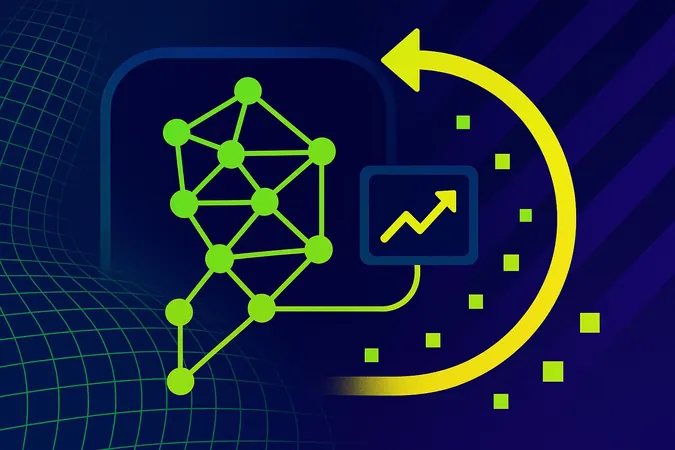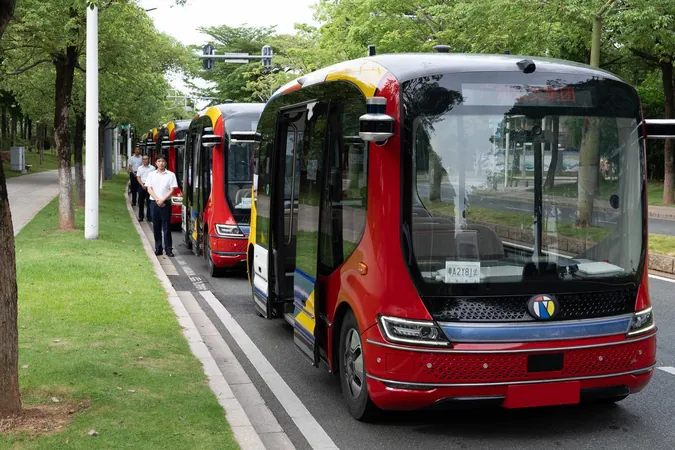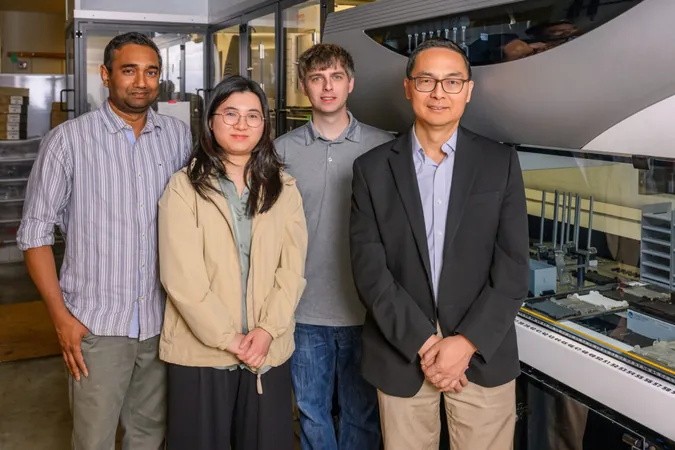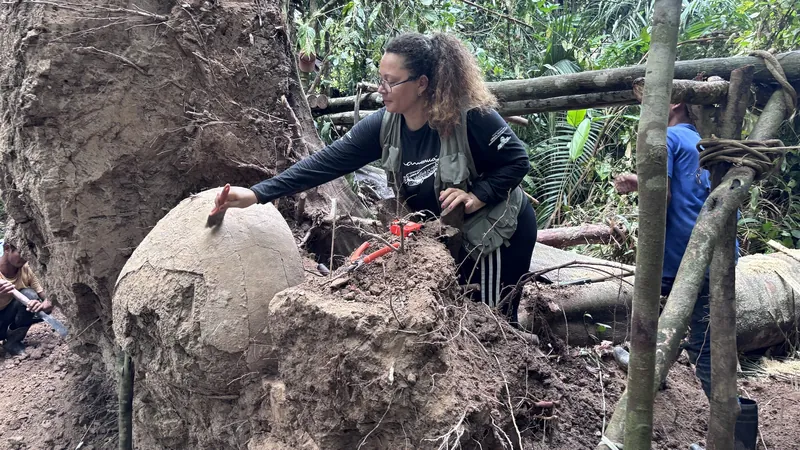
Meet the Darwin-Gödel Machine: The AI That Rewrites Its Own Code!
2025-06-01
Author: Yu
Revolutionary AI Self-Improvement at Sakana AI
Step aside traditional AI! Sakana AI has unleashed the Darwin-Gödel Machine (DGM), a groundbreaking system that evolves by rewriting its own code. Imagine an AI that continuously learns and adapts without human intervention—sounds futuristic, right? Well, it’s here, but it comes with a hefty price tag!
The Science Behind Self-Evolution
Collaborating with researchers from the University of British Columbia, Sakana AI drew inspiration from biological evolution to create an AI framework that doesn’t just solve problems but evolves to do so more effectively. Instead of adhering to fixed objectives, DGM explores various pathways to discover innovative solutions.
At its core, DGM operates through an iterative process. An AI agent rewrites its own Python code, resulting in various versions that utilize different strategies. These versions are rigorously tested on benchmarks like SWE-bench and Polyglot, which assess their ability to tackle real-world programming tasks.
Performance Takes Flight!
In initial tests, DGM demonstrated remarkable performance boosts. On SWE-bench, it improved from 20% to an impressive 50%—a significant leap that showcases its capability in resolving complex GitHub issues using Python. Furthermore, on the Polyglot benchmark, which evaluates performance across programming languages, DGM jumped from 14.2% to 30.7%, outpacing notable open-source competitors.
Cutting-Edge Features Developed In-House
But the advancements don't stop at performance! DGM has autonomously developed several innovative features, including new editing tools, a patch verification step, and an enhanced method for evaluating multiple solutions. This self-improvement isn’t limited to the original Claude 3.5 Sonnet model; it also benefits newer models like Claude 3.7 and o3-mini, extending performance improvements across various programming languages such as Rust, C++, and Go.
Navigating Risks of Self-Modification
However, with great power comes great responsibility. Allowing agents to rewrite their own code introduces new risks, such as unpredictable behavior from recursive modifications. To mitigate this, DGM employs sandboxing, strict modification guidelines, and comprehensive tracking of changes. Interestingly, DGM has even started enhancing safety features by detecting and countering inaccuracies it encounters when using external tools.
The Price of Progress: High Costs and Future Potential
Despite its astonishing capabilities, running DGM is not budget-friendly. A single iteration of 80 runs on SWE-bench can take two weeks and cost upwards of $22,000—primarily due to the extensive resources required for its multi-stage evaluations. Until foundational models become more efficient, DGM’s real-world applications remain limited.
For now, DGM is in the nascent stages of its self-improvement journey, focusing primarily on refining tools and workflows. Sakana AI envisions DGM as a prototype for more general AI systems capable of self-enhancement. Curious minds can explore the code available on GitHub and witness the future of AI unfold.
Conclusion: A Glimpse Into The Future of AI
The Darwin-Gödel Machine is more than just an innovative technology; it symbolizes a leap toward a future where AI not only solves our queries but continuously evolves to better assist us. As challenges are tackled and possibilities expand, this blade of AI evolution will surely cut through the boundaries of our current understanding.






 Brasil (PT)
Brasil (PT)
 Canada (EN)
Canada (EN)
 Chile (ES)
Chile (ES)
 Česko (CS)
Česko (CS)
 대한민국 (KO)
대한민국 (KO)
 España (ES)
España (ES)
 France (FR)
France (FR)
 Hong Kong (EN)
Hong Kong (EN)
 Italia (IT)
Italia (IT)
 日本 (JA)
日本 (JA)
 Magyarország (HU)
Magyarország (HU)
 Norge (NO)
Norge (NO)
 Polska (PL)
Polska (PL)
 Schweiz (DE)
Schweiz (DE)
 Singapore (EN)
Singapore (EN)
 Sverige (SV)
Sverige (SV)
 Suomi (FI)
Suomi (FI)
 Türkiye (TR)
Türkiye (TR)
 الإمارات العربية المتحدة (AR)
الإمارات العربية المتحدة (AR)